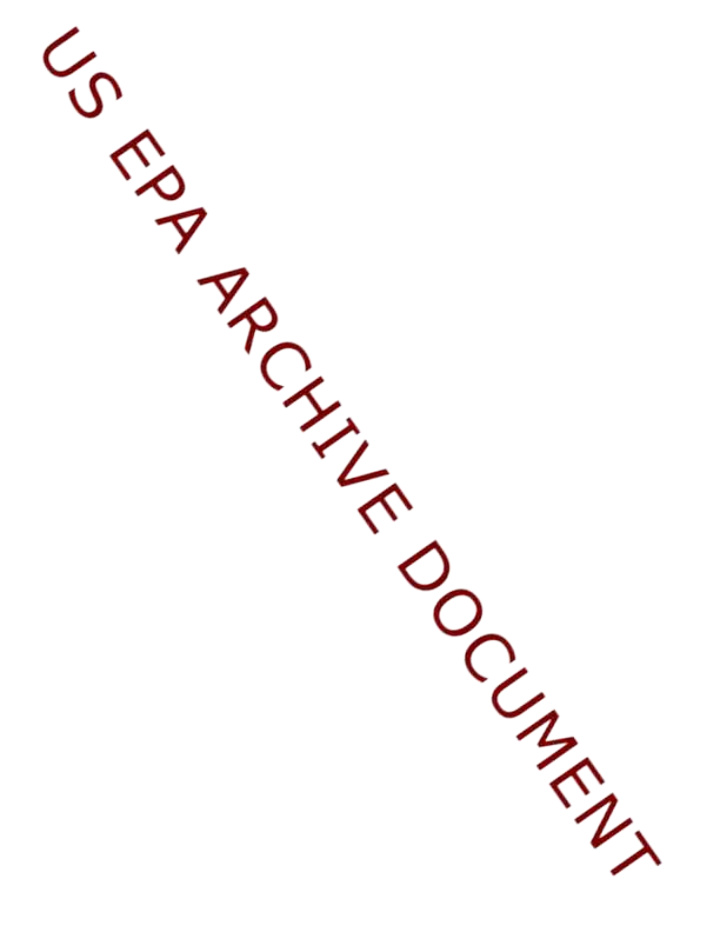



2008 Record of Decision West Lake Landfill Community Dialogue Framework April 18, 2016 Terrie Boguski, Skeo Solutions
TASC Technical Assistance Services for Communities (TASC) Provides non-advocacy, independent technical assistance 2
Agenda Superfund remedial process at West Lake Landfill 2006 Feasibility Study (FS) 2008 Record of Decision (ROD) Preferred Remedy Conceptual Design 3
West Lake Landfill Fi gur e 2 Facility Layout Operab le Unit-1 Areas Operab le Unit-2 Areas West Lake Landfill Superfund Site 0 800 !oww.- I SCALE IN FEET EMS I Engineering Management Suppo rt , Inc. 4
Superfund Remedial Process 5
Superfund Process Discovery Removal Actions Can Occur at Anytime in the Process. Assessment Cleanup Post-Cleanup Cleanup Decision Activities 6
West Lake Landfill Assessment 2000-2006 : Remedial Assessment Investigation & Feasibility Study (RI/FS) 2008: Record of Decision (ROD) 2008-2011 : Supplemental Feasibility Study 2011-2016 : Final Feasibility Study 7
2006 Feasibility Study (FS) 8
FS Evaluation Criteria Balancing Threshold 3. Long-Term 1. Overall Effectiveness and Protection of Permanence Human Health 4. Reduction of and the Toxicity, Mobility, Environment or Volume 2. Compliance 5. Short-Term with ARARs Effectiveness 6. Implementability 7. Cost 9
FS Evaluation Criteria Modifying 8. State Acceptance 9. Community Acceptance 10
2006 FS Cleanup Alternatives Alternative 1. No Action 2. Cover Repair and Maintenance, Additional Access Restrictions, Additional Institutional Controls, Monitoring 3. Soil Cover to Address Gamma Exposure and Erosion Potential 4. Regrading of Areas 1 and 2 (minimum slope of 2%), Installation of a Subtitle D Cover System 5. Regrading of Areas 1 and 2 (minimum slope of 5%), Installation of a Subtitle D Cover System 6. Excavation of Material with Higher Levels of Radioactivity from Area 2 and Regrading, Installation of a Subtitle D Cover System 11
2008 Record of Decision (ROD) 12
2008 Record of Decision Specifies: • Preferred remedy • Major remedy components • Preferred remedy conceptual design 13
Preferred Remedy Alternative 4 (below), plus moving contaminated material from the Buffer Zone/Crossroads property and consolidating it under Areas 1 and 2 landfill covers Regrading of Radiological Areas 1 and 2 (minimum slope of 2%), Installation of a Subtitle D Cover System 14
Major Remedy Components Landfill cover with enhancements (armoring layer and radon barrier) Consolidation of radiologically contaminated surface soil from Ford property to containment area Groundwater monitoring Surface water runoff control Gas monitoring and control, including radon and decomposition gas as necessary Institutional controls to prevent inappropriate land and resource uses Long-term surveillance and maintenance 15
Preferred Remedy Conceptual Design 16
~ ~ ~ 2008 WLL ROD Conceptual Design Inactive Buffer Zone Area 2 Demolition Area Landfill Final Surface 490 - 490 Ap proximate Flood Surface 480 - 480 ( Pr otected by Levees) 470 - 470 460 - 460 450 450 440 - j- 440 Top of Alluvium Water Table 1- 430 430 Monitoring Zone 420 - - 420 Alluvium 410 - 1- 410 Intermediate 400 - - 400 Monitoring I Zone 390 - - 390 I Deep 340 - Alluvium - 340 Monitoring Zone 330 330 Limestone 17
- - ~ 2008 ROD Landfill Cap Design EroslonNegetatlve Layer Topsoil ------. -- Infiltration Layer Low Permeability Soil 5 (<1x10--S em/sec) feet Bio-lntrusion/Marker L ayer Crushed Concrete or Rock (6" Diameter Max) Waste & Fill = ENGINEERED LANDFILL COVER DETAIL NOT TO SCALE 18
Radiation and Cap Thickness 10,000 1,000 2 feet cap thickness 100 10 4 feet cap thickness 1 0.1 19
Summary 20
Community Concerns about 2008 ROD Level of protectiveness for nearby residents Protection of groundwater Protection from natural disasters • Flooding • Earthquakes • Tornados Protection from radon and other potential airborne contamination 21
What Has Changed Since 2008? EPA heard community concerns • In response to public comments and concerns, EPA tasked the PRPs to collect additional data to better characterize the location and volume of RIM • This new data will allow for thorough evaluation of all 3 alternatives: cap in place, partial excavation, full excavation 22
Future Once EPA proposes a final remedy, the public will have an opportunity to comment 23
Questions and Next Steps 24
CONTACT INFORMATION TASC Technical Assistance Provider Terrie Boguski, PE (913) 780-3328 tboguski@skeo.com 25
Recommend
More recommend